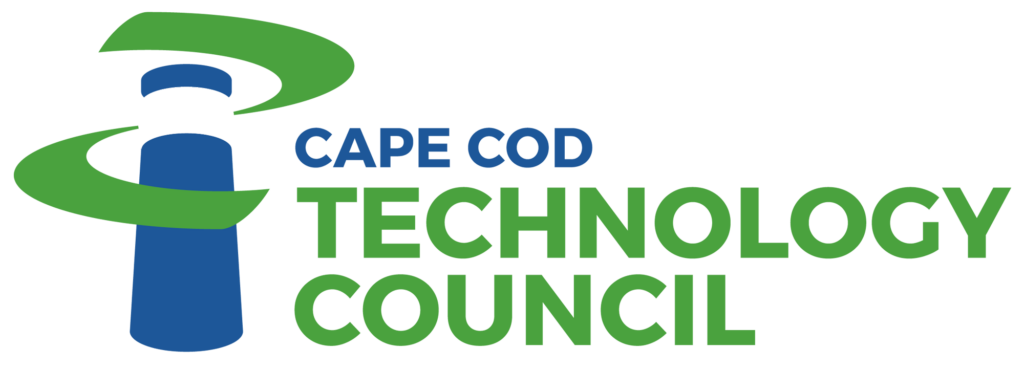“We take spaces that we live in, and make them smart.” – James Carroll, Savant Systems
That quote from our 2014 Annual Meeting was about our keynote speaker’s industry, but it is equally true of much of what we do in the Technology Council. As our President Paula Hersey reminded us, “Our definition of technology reaches across all industries. It’s not just IT. It’s not just computers. It’s the myriad of applications where human inquiry meets human invention to produce a new way of working, thinking, or creating.”
Once the business of electing officers and board members was complete, Annual Meeting attendees were treated to an address by James Carroll.
Carroll is the co-founder and Executive Vice President of Corporate Strategy and Business Development for Hyannis-based Savant Systems LLC. Savant Systems designs and develops a suite of integrated solutions for residential and commercial automation. In his address, James spoke of how technology is automating and integrating a variety of functions at home and in corporate environments.
Savant Systems provides different technologies in homes, from home theaters and distributed audio, to energy management and security. The high end package does 140 zones of audio. Carroll has seen multiples of this package shipped to a single home.
Besides the massive array of audio, it does some pretty smart things. If you’re away, for instance, the security system will replicate the last 10 days of use, with lights, tv, etc. coming on at proper times. If it’s cold outside, it will raise the interior temperature, just like what you would do if you were home.
From a consumer’s point of view, the point of entry is home security. Businesses get the customer’s attention with home security systems, and then talk about energy conservation, entertainment and convenience. It is all one system.
“It’s not the internet of things,” Carroll said, “it’s the internet of customers.” The number of internet connected devices is estimated at 200 billion by end of decade. They are your internet of things.
Those devices, Carroll says, shouldn’t be bothering you. They need to learn, and interact with other devices. Local things happen locally, so the device (or house) responds locally, and then tells the cloud about it. For instance, following a power outage, the house resumes what it was doing – unless power is off for a long time, in which case it does what it normally does at that time. Carroll believes the enabling technology is WiFi. 87% of homes that currently have broadband, have WiFi.
Savant Systems recently introduced their Smart Series, in competition with Comcast, ADT, Cox, and AT&T. With applications like this new product line, Carroll predicts home automation will be more common than a personal computer in five years (just as tablets have taken the place of computers, and TVs).
Of course, a lot of data is collected in order for these devices to work. Laws are still be fleshed out to define what can be done with personal data. The primary use in Savant’s case is for the house to learn and adapt, but there’s a lot of information out there, with many ways it could be used.
What is a 2015 smart house? It’s a provider of actionable information. A personal assistant to simplify our lifestyle, as well as traditional AV management. “There’s a big difference between being chirped to death, and being given actionable information,” Carroll said. “We start filtering things out. We think your house should be your proxy, to filter out the noise and make life easier.”
“It brings balance to our lives if these things don’t interrupt, but deliver information,” he concluded. “Devices are going to get smarter, and this world is going to change exponentially.”
